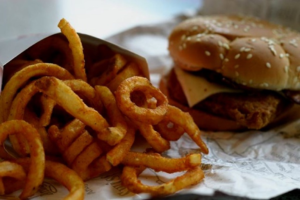
Figure 1: Face masks are decontaminated using ultraviolet radiation. Biosafety cabinets using ultraviolet light to disinfect equipment are common in many labs
Source: Wikimedia Commons
In the midst of the COVID-19 pandemic, many scientists are researching solutions that may halt the rapid spread of the virus. Exposure to UV radiation seems a likely mechanism for decreasing the spread of COVID-19 as related viruses, including those that cause SARS and MERS, are fatally damaged by UV light. More recently, this has been confirmed as UV rays have been shown to inactivate COVID-19 on surfaces (Harvard, 2020).
To this end, a group of researchers studying the effects of UV radiation on SARS-CoV-2 (the COVID-19 virus) found that increased UV radiation decreased the spread of new cases. To uncover this pattern, researchers collected data on local UV radiation and number of COVID-19 cases in multiple geographic areas through the duration of the pandemic. Their dataset was diverse, with cases and radiation levels obtained from regions across 173 countries (Carleton et al., 2021). The group found that UV radiation exposure decreased COVID-19 daily growth rates of new cases up to 2.5 weeks following exposure. Seasonally, changes in UV radiation levels between winter and summer decreased COVID-19 growth rate by up to 7%, something that could be expected due to the higher sun exposure during the summer season (Harvard, 2020). Other climate variables such as temperature and humidity were not statistically significant in their effect on growth (Carleton et al., 2021).
Despite the clear correlation between UV levels and COVID-19 growth rates, the mechanism for the decrease in transmission is still unclear. Although UV radiation may directly inactivate the virus, the data could also be influenced by human response to increased UV radiation, including changed socialization patterns or a boosted immune system (Harvard, 2020).
Additionally, researchers have found that as communities enact new measures to reduce COVID spread and the public is informed about the virus, the effects of UV exposure on transmission rapidly decrease as more influential measures take effect (Carleton et al., 2021). Though the slight variations in the rate of coronavirus transmission caused by UV fluctuations are statistically relevant, they do not have a large enough impact to affect the trajectory of the pandemic. Instead, mask wearing and social distancing have been demonstrated to be the most effective ways to reduce spread (Harvard, 2020).
References
Harvard, John A. Paulson School of Engineering and Applied Sciences. (2020, December 16). COVID-19 spread increases when UV levels decrease: Seasonal changes in UV may alter the spread of COVID but not as much as social distancing. ScienceDaily. Retrieved December 21, 2020 from www.sciencedaily.com/releases/2020/12/201216155211.htm
Carleton, Tamma, Jules Cornetet, Peter Huybers, Kyle C. Meng, and Jonathan Proctor. (January 5, 2021). “Global Evidence for Ultraviolet Radiation Decreasing COVID-19 Growth Rates.” Proceedings of the National Academy of Sciences 118, no. 1: e2012370118. https://doi.org/10.1073/pnas.2012370118.
Related Posts
Concierge Medicine Could Reduce Senior Health Inequities in Illinois
This publication is in proud partnership with Project UNITY’s Catalyst Academy 2023...
Read MoreHow the Human Microbiome Disables Drugs (And What We Can About It)
Scientists are studying the human microbiome and its ability to...
Read MoreCallie Moody



